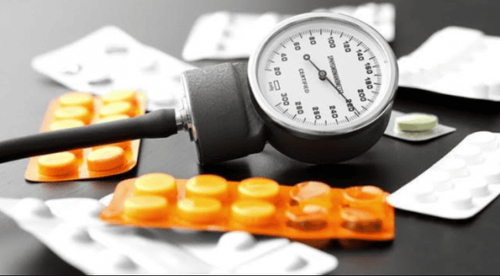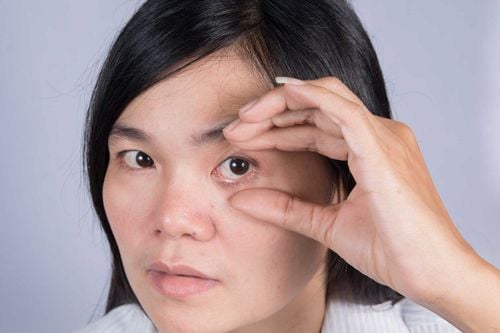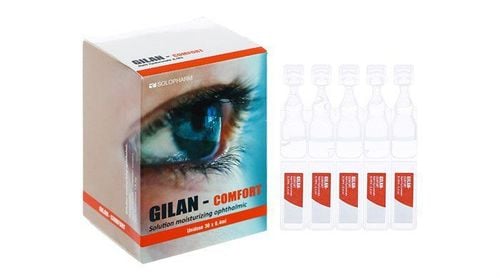This is an automatically translated article.
The article was professionally consulted by Dr. Nguyen Van Duong - Interventional Cardiologist - Cardiovascular Center - Vinmec Central Park International General Hospital.High blood pressure, if progressed for a long time, will adversely affect the vascular system, thereby causing damage to target organs such as the kidneys, heart, brain and especially the retina of the eye. Retinopathy in hypertension, if not detected and treated promptly, can lead to vision loss.
1. What is hypertensive retinopathy?
Hypertension is classified as a common cardiovascular disease and causes many dangerous complications, including potentially death and disability in the elderly. In case of long-term progressive hypertension, it will adversely affect the vascular system, thereby causing damage to target organs such as the heart, brain, kidneys and especially the retina of the eye.The retina is the place that allows the observation and study of the vascular system. Hypertensive retinopathy is a consequence of hypertension. This phenomenon will occur when the patient's blood pressure rises too high and causes the blood vessel wall of the retina to thicken, from which the blood vessels are narrowed, restricting blood to the retina, causing the retina to function. affected, puts pressure on the optic nerve and will cause vision problems or the appearance of retinal edema.
The main causes and risk factors for hypertensive retinopathy are:
High blood pressure for a long time: This is the main cause of hypertensive retinopathy. . When the patient has hypertension, the blood pressure generated by the heart affects the arteries too high, if the blood moves with such high pressure, the arterial tissue will stretch for a long time and eventually lead to damage, lead to many complications. Some other factors: Factors that make the body susceptible to high blood pressure such as overweight and obesity, inactivity, excessive salt absorption, always in a state of stress, and atherosclerosis heart disease, diabetes, high cholesterol levels, smoking, regular alcohol consumption or a poor diet...

2. Signs of retinopathy in hypertension
Retinopathy in hypertension, if not detected and treated promptly, will be very dangerous. Some signs of hypertensive retinopathy may appear as follows:Arterial constriction sign: The cause of this sign is the physiological response to arterial hypertension. Arterial vasoconstriction can be localized or diffuse, causing the arteries to stiffen straight, bifurcate perpendicularly, and produce a sparse appearance of the retinal vasculature. Signs of hardening of the arteries: This is a sign of retinopathy in hypertension, which is caused by the aging of the collagen layer, so the artery walls will thicken and harden, narrowing the arteries. Arterial light changes so it looks like copper wire. The arteries are less elastic and form a silvery cord, with a white sheath covering the blood column. Arteriovenous Crossing Sign: An elastic sheath will cover the arteriovenous crossing. If the walls of the vessels are hardened, the arteries will press on the veins. Retinal hemorrhage: This is a typical sign of hypertensive retinopathy. These hemorrhages are shallow, candle-shaped, and located along the nerve fibers around the great vessels. In some cases, there may be deeper bleeding with dots or circles in the patient's retina. See also: Difference between diabetic retinopathy and hypertensive retinopathy
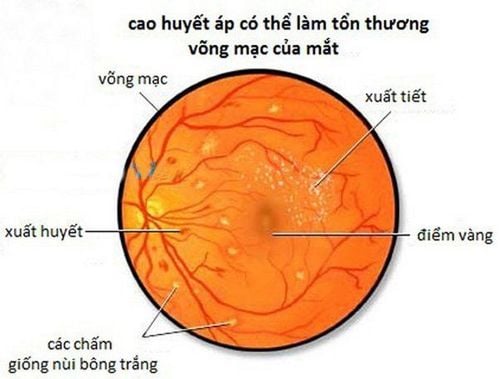
3. Grades of hypertensive retinopathy
Hypertensive retinopathy is usually presented in the following grades:Grade 1 hypertensive retinopathy: At this level, the retinal artery is slightly narrowed. Grade 2 hypertensive retinopathy: Mild narrowing of the retinal artery but more severe constriction, also known as an arteriovenous malformation. Grade 3 hypertensive retinopathy: Mild narrowing of the retinal artery, severe constriction with retinal edema, microaneurysms, retinal hemorrhage. Grade 4 hypertensive retinopathy: Grade 3 signs become more severe such as papilledema, macular edema. People with this level of disease have a higher risk of stroke and a higher chance of cardiovascular or kidney disease. Besides, patients with hypertensive retinopathy are at risk of retina-related complications such as:
Optic neuropathy: The cause of this complication is ischemia, occurs when high blood pressure blocks blood flow in the eye. Retinal Arterial Obstruction: This complication occurs when blood flow to the retina is obstructed by a blood clot in a blood vessel. Damage to the nerves leading to hemorrhagic or malignant hypertension leads to limited vision as well as potentially life-threatening consequences, which is a consequence of very dangerous hypertension. Complications of stroke and heart failure: People with high blood pressure retinopathy are more likely to have strokes and heart failure.
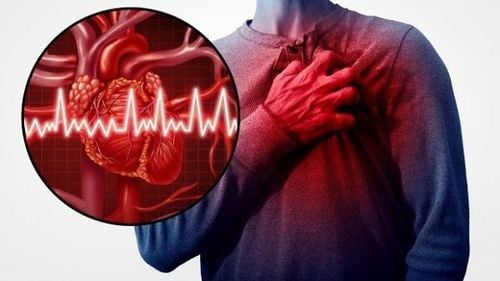
4. Treatment of hypertensive retinopathy
The mainstay of treatment for hypertensive retinopathy is blood pressure control. Causes that affect vision need to be treated aggressively. Specifically as follows:In the case of patients with vision loss: Treatment methods for retinal edema can be with lasers, intraocular corticosteroid injections or growth factor inhibitors in the vascular endothelium. Limiting the risk and complications of the disease: To minimize the risk and complications of hypertensive retinopathy, it is necessary to control blood pressure in combination with treatment drugs. Create healthy living habits: Patients should exercise regularly, reduce salt intake, limit coffee and alcoholic beverages, eat more fruits and vegetables to stabilize blood pressure. Quit smoking habit, in case of obesity, it is necessary to lose weight reasonably to prevent high blood pressure. When the doctor prescribes the treatment of high blood pressure with drugs, the patient should take the prescribed medication, go to the doctor periodically, and seriously control the blood pressure to avoid adversely affect the eyes.
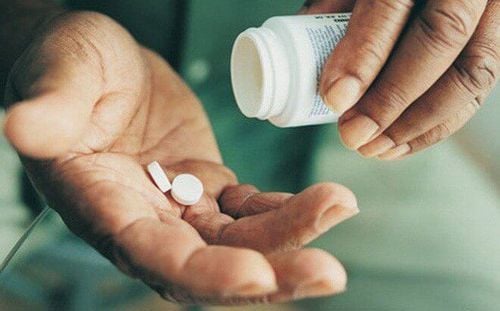
Please dial HOTLINE for more information or register for an appointment HERE. Download MyVinmec app to make appointments faster and to manage your bookings easily.







